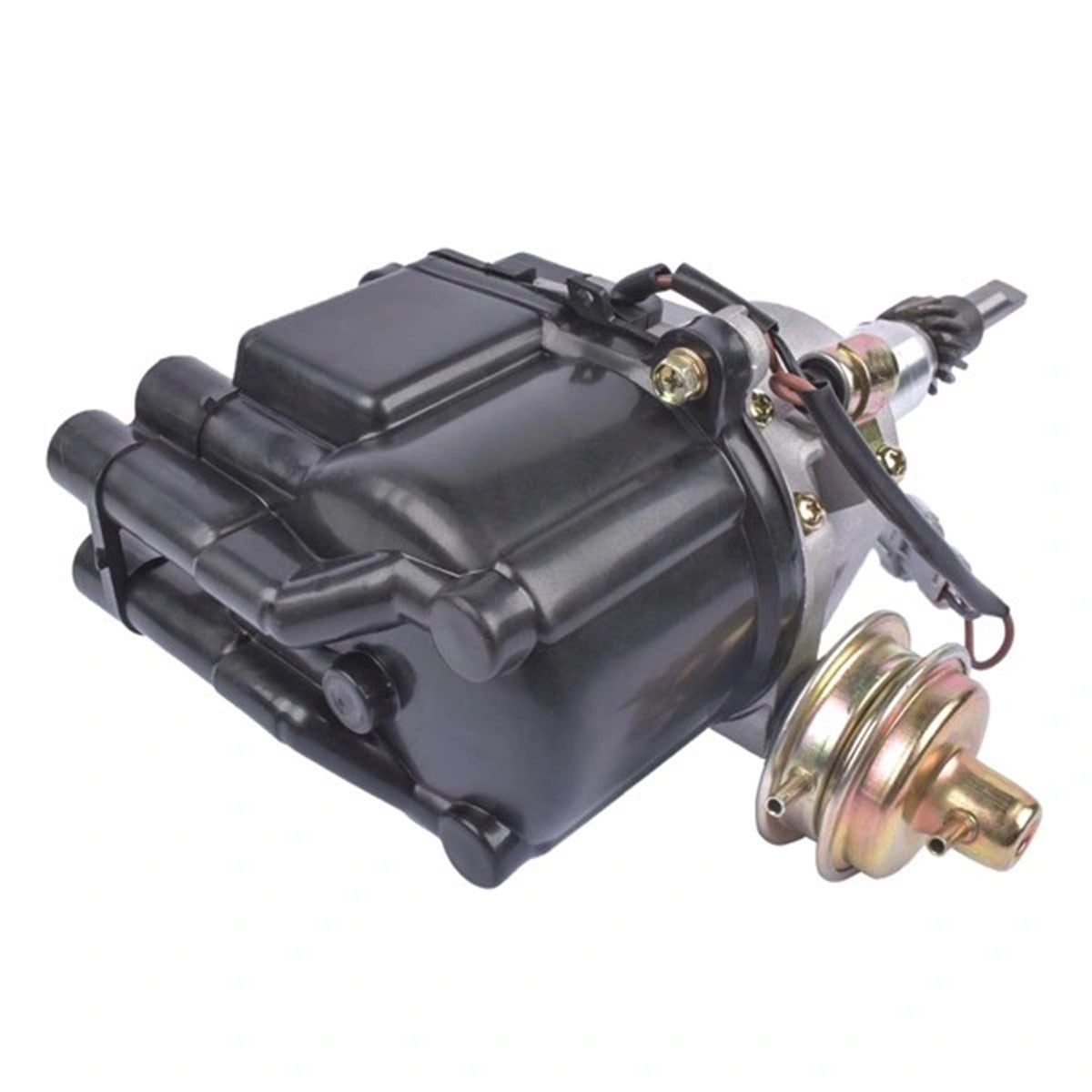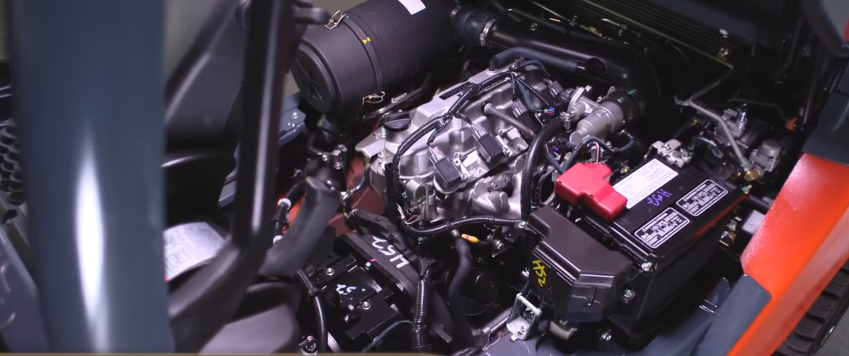The Best Upgrades for Improving the Efficiency of Your 4Y Engine
The Best Upgrades for Improving the Efficiency of Your 4Y Engine
Blog Article
The Ultimate Guide to the Engine: Secret Insights for each Automobile Enthusiast
Recognizing the engine is essential for any kind of vehicle fanatic, as it functions as the heart of the vehicle and dictates its efficiency. This guide offers a complete evaluation of engine composition, types, and the auto mechanics behind their procedure, including the cutting-edge innovations that are improving the automotive landscape. It emphasizes the crucial nature of upkeep techniques that can significantly affect an engine's life-span. However, the complexities of engine dynamics and the most recent advancements in innovation existing questions that warrant further exploration. What might these understandings disclose regarding the future of automotive design?
Makeup of an Engine
Recognizing the anatomy of an engine is crucial for any kind of auto lover aiming to dig much deeper into automobile mechanics. An internal burning engine largely contains a number of essential components that operate in unison to transform gas into power.
At the heart of this system lies the cylinder block, which houses the cyndrical tubes where burning takes place. Piston activity within these cylinders is helped with by the crankshaft, which translates linear activity into rotational energy. Additionally, the camshaft plays a vital role in regulating the opening and closing of the engine's valves, guaranteeing proper air-fuel combination consumption and exhaust gas expulsion.
Other necessary components consist of the fuel system, which supplies the engine with the needed fuel, and the ignition system, in charge of starting combustion - 4y engine. The air conditioning and lubrication systems are likewise essential, maintaining ideal operating temperatures and decreasing friction, respectively
Engine Types and Configurations
A varied series of engine kinds and arrangements exists, each offering one-of-a-kind advantages and negative aspects tailored to various driving needs and preferences. One of the most common engine kinds include inline, V, level, and rotating configurations.
Inline engines, including cylinders set up in a single line, are understood for their simpleness and efficiency. They are often discovered in portable automobiles, supplying a balance of power and economic situation. V engines, defined by their 2 banks of cyndrical tubes organized in a V form, offer greater performance and smoother procedure, making them prominent in sports and high-end automobiles.
Flat engines, or fighter engines, have flat opposed cyndrical tubes, which add to a reduced center of mass, improving lorry security. These are generally seen in brands like Subaru and Porsche.
Rotating engines, although much less common, use an one-of-a-kind design with a triangular rotor and offer high power-to-weight proportions. They master light-weight and portable applications, primarily seen in Mazda cars.
Each engine type serves details performance attributes, weight distributions, and fuel effectiveness, ensuring that car lovers can choose the right engine setup to match their driving style and car demands.

How Engines Work
Engines, no matter their kind or arrangement, operate essential concepts that govern their efficiency and performance. At their core, engines transform fuel into mechanical power via a series of controlled surges or compressions. This procedure typically entails 4 primary strokes: intake, exhaust, compression, and power.
During the intake stroke, the engine attracts in a combination of air and fuel. home In the power stroke, a trigger fires up the pressed blend (in gasoline engines) or the mix ignites automatically (in diesel engines), resulting in a rapid development of gases that presses the piston down.
The effectiveness of an engine is affected by various aspects, including the style of the burning chamber, the sort of fuel made use of, and the precision of the engine's elements. Recognizing these essential concepts is important for car lovers that seek to appreciate the detailed mechanics behind their automobiles, have a peek at these guys along with for those aiming to improve efficiency via adjustments and adjusting.
Innovations in Engine Innovation
In recent times, developments in engine modern technology have actually considerably transformed the vehicle landscape, boosting both performance and environmental sustainability. Among one of the most notable advancements is the growth of turbocharging and supercharging, which allows smaller engines to generate better power outputs without compromising gas effectiveness. This has actually resulted in an increase in the appeal of scaled down engines, supplying makers with the capacity to satisfy stringent discharges guidelines while preserving performance standards.
Additionally, hybrid and electric powertrains are improving the engine standard. Crossbreed systems incorporate interior combustion engines with electric motors, optimizing fuel consumption and decreasing emissions. Fully electrical lorries (EVs) remove the burning engine entirely, relying upon advanced battery modern technology to supply immediate torque and remarkable velocity.
Moreover, the combination of synthetic intelligence and device knowing in engine administration systems enables real-time optimization of efficiency specifications, improving efficiency and responsiveness. Advancements such as variable shutoff timing and direct fuel injection even more fine-tune combustion procedures, maximizing power output while minimizing waste.
As the auto sector proceeds to evolve, these developments in engine modern technology will play an essential role fit the future of wheelchair, prioritizing both performance and sustainability.
Maintenance Tips for Enthusiasts
Preserving an engine is as vital as the developments that boost its performance. Normal maintenance not just prolongs the life of your engine however likewise makes certain ideal efficiency. Start with regular oil changes, complying with the supplier's suggestions for oil kind and change intervals. Tidy oil lubes engine components properly, avoiding deterioration.
Change and examine air filters periodically to guarantee appropriate air flow, which is vital for burning performance. A clogged up air filter can lead to decreased performance and increased fuel consumption. Similarly, monitor the coolant levels to avoid overheating, and replace coolant according to the service schedule.

Conclusion
In verdict, a complete understanding of engine composition, kinds, and mechanics is crucial for vehicle fanatics. Routine maintenance practices, consisting of oil modifications and air filter checks, are vital for making certain optimal engine capability and longevity.

Engines, regardless of their type or configuration, operate on basic principles that govern their efficiency and performance. In the power stroke, a stimulate ignites the compressed mixture (in gasoline engines) or the mixture ignites spontaneously (in diesel engines), resulting in a rapid development of gases that presses the piston down.In recent years, developments in engine innovation have significantly transformed the auto landscape, boosting both efficiency and environmental sustainability.
Report this page